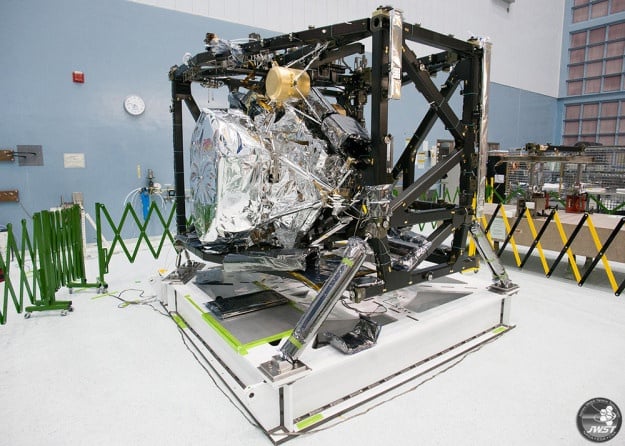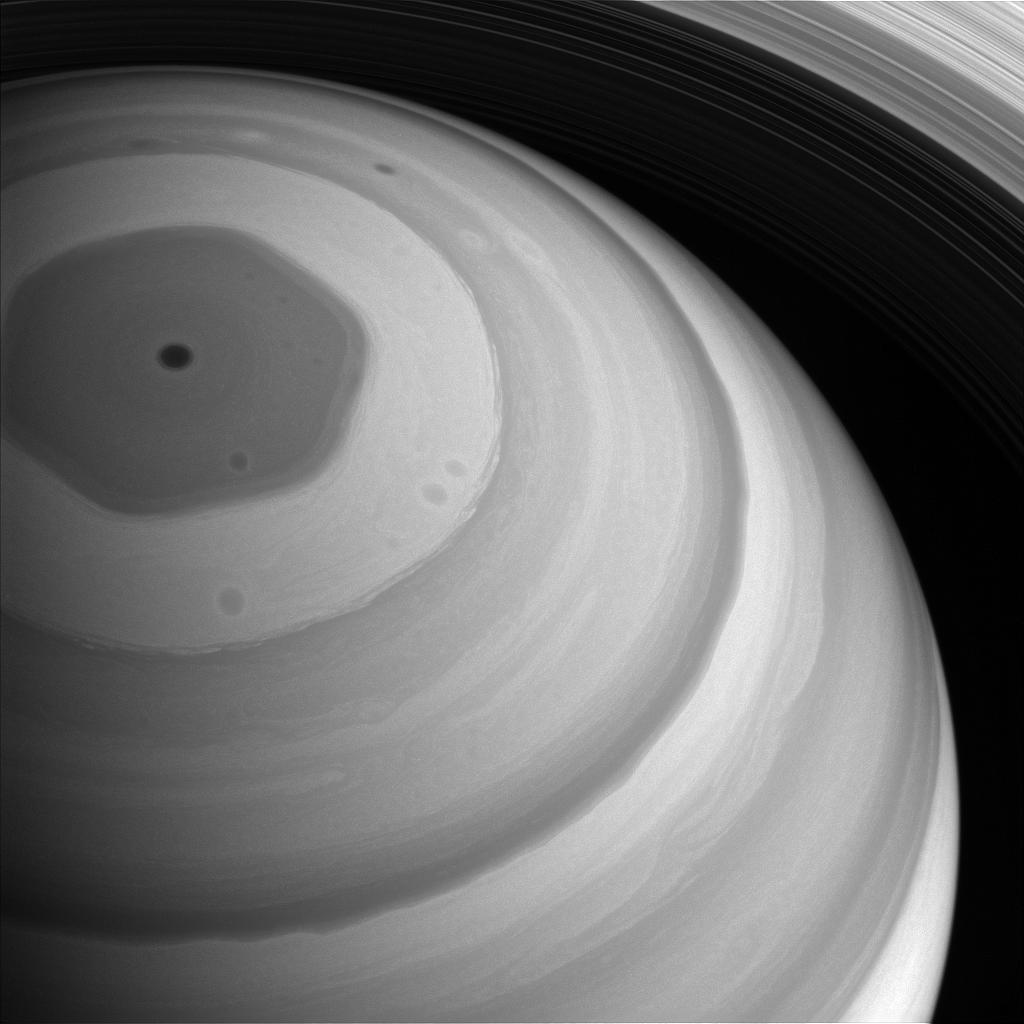Engineers with the James Webb Space Telescope have figured out a way to work around a friction issue that arose with the telescopes' Mid-Infrared Instrument (MIRI). The team is now planning to resume observations with the instrument's medium resolution spectrometry (MRS) mode, which has not been used since August.
On August 24, while preparing for observations with MIRI's MRS mode, the team detected increased friction with one of the wheels, describing the friction as 'grating' or 'sticky.' The function of the wheel is to select between short, medium and longer wavelengths.
Engineers and scientists agreed to pause observations in this mode until the teams could convene to carry out in-depth investigations of the problem. They looked at the design of the instrument and wheels, as well as historical and post-launch data. In the meantime, the other MIRI modes worked fine, as well as the other three instruments, the Near Infrared Camera (NIRCam), the Near Infrared Spectrometer (NIRSpec), and the Fine Guidance Sensor/Near Infrared Imager and Slitless Spectrograph (FGS/NIRISS).
In a JWST blog post, the team said they concluded the issue is likely caused by "increased contact forces between sub-components of the wheel central bearing assembly under certain conditions." Based on this, the team developed and vetted a plan for how to use the affected mechanism during science operations.
They tested the plan with an engineering test on November 2, which successfully demonstrated predictions for wheel friction. The plan is now for JWST to resume MIRI MRS science observations by Saturday, Nov. 12.
And just in time too. Observations of Saturn's polar regions have been scheduled, and should now be able to be performed, just before those regions of Saturn become unobservable by the telescope for the next 20 years.
If all goes well, the team will schedule additional MRS science observations, initially at a limited cadence, they said, following a plan to keep the affected wheel in balance, monitor wheel health, and prepare MIRI MRS for a return to full science operations.
MIRI is one of the most important instruments onboard. It allows the telescope to see in the wavelength range from 5 to 27 micrometers. The instrument has 4 modes: imaging, medium-resolution spectroscopy, low-resolution spectroscopy, and coronagraphy.
 Universe Today
Universe Today



